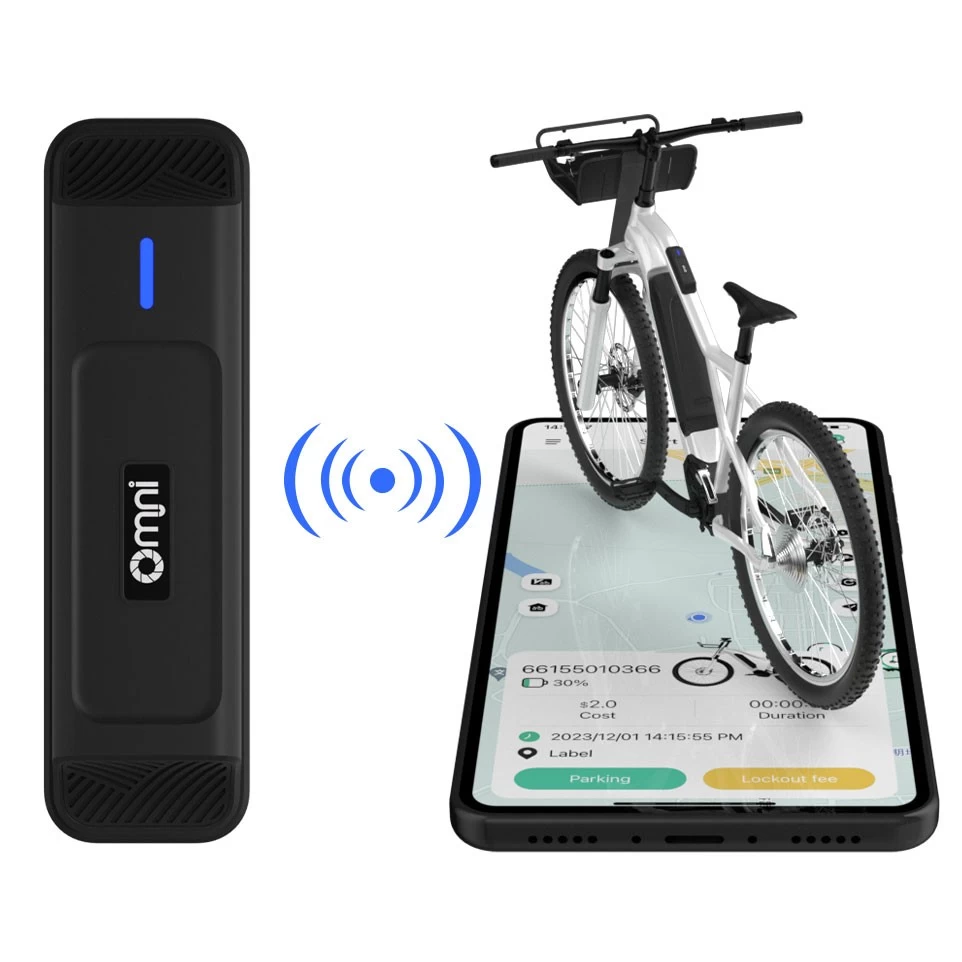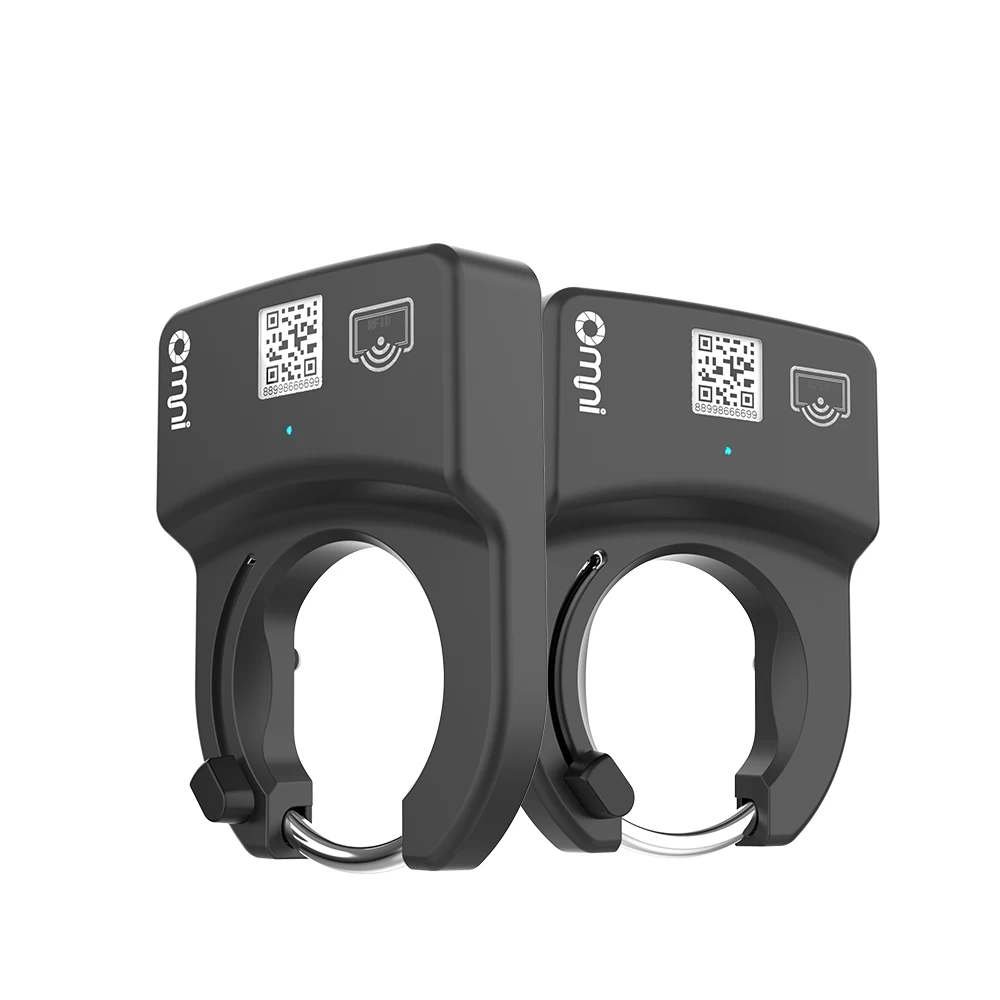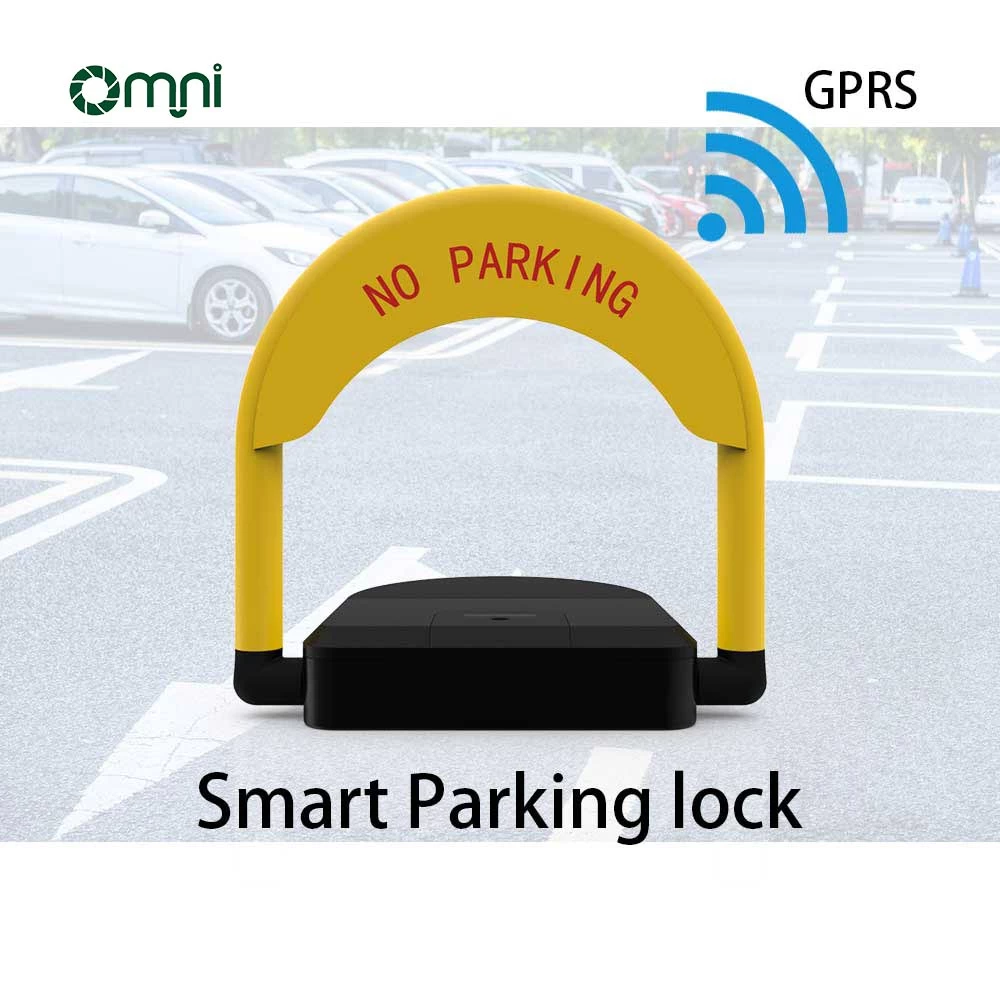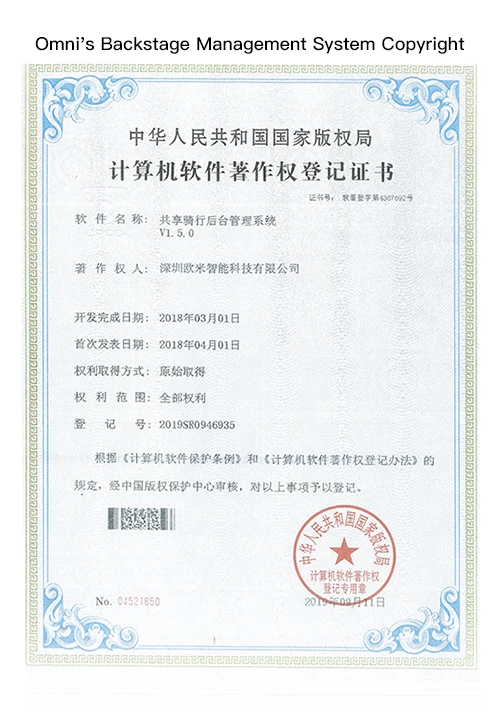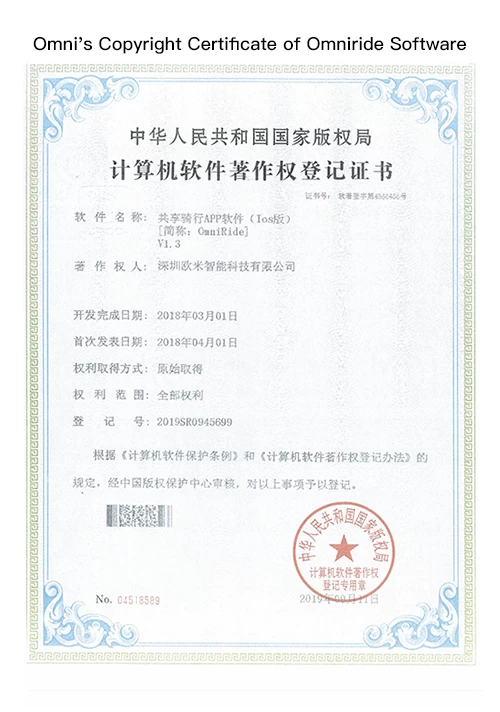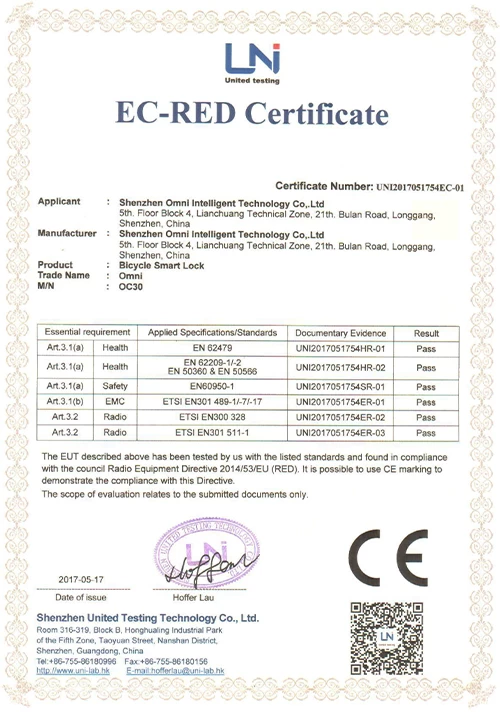How Does IoT-Based Car Parking Lock Work?
What Makes IoT Parking Locks Smarter Than Traditional Systems?
As cities become more crowded and vehicles continue to multiply,the struggle for parking spaces intensifies.Traditional parking management solutions often fall short—either requiring manual effort or relying on outdated systems.In response,IoT-based car parking locks are redefining how we secure and manage parking spaces,especially in commercial complexes,residential areas,and urban centers.
But how exactly do these smart parking locks work?In this article,we'll explore their structure,how it works,key features,and why they're becoming a preferred choice for modern mobility infrastructure.
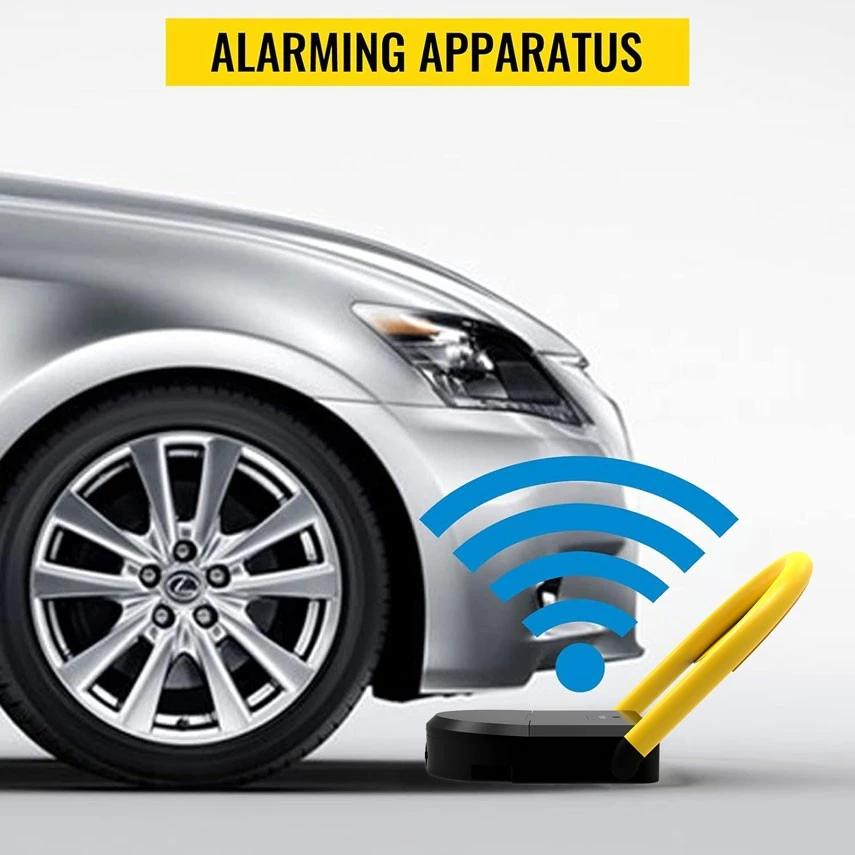
How Does Car Parking Lock Work?
The working principle of an IoT-based car parking lock revolves around seamless communication and remote control.Here's a step-by-step overview of how it functions:
1.Device Installation and Registration
Each parking lock is installed directly on a designated space.It is registered to a cloud platform or mobile application and paired with the administrator's account or app.
2.Reservation or Authorization
Parking spaces can be reserved through a shared parking app or backend system.Authorized users receive access permissions,often via digital credentials.
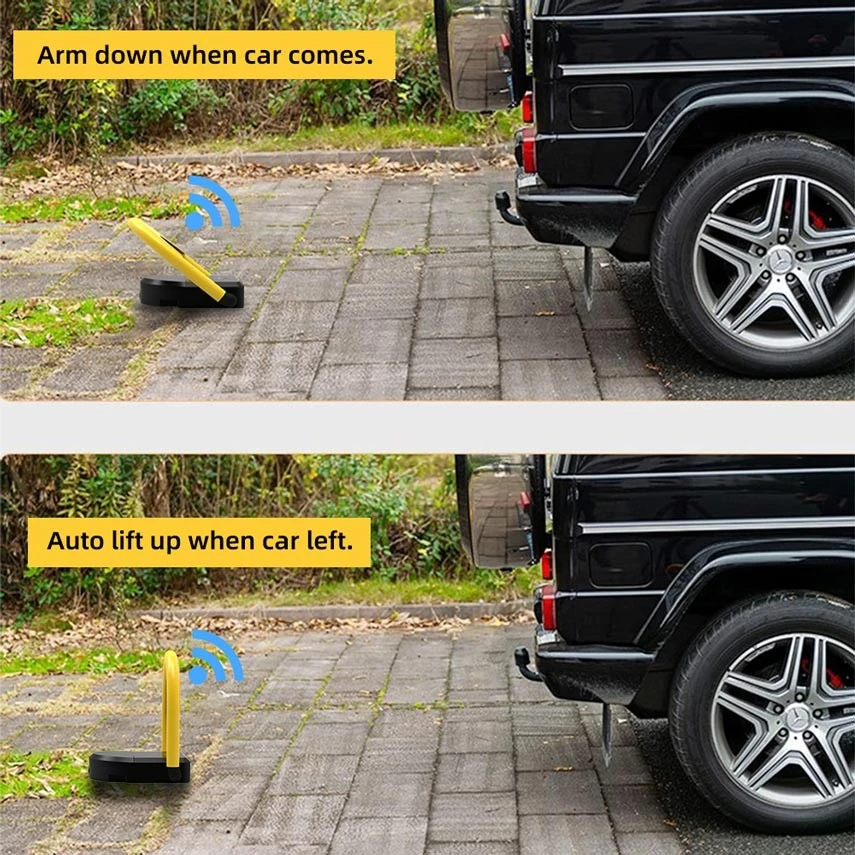
3.Access Control
When a vehicle approaches,the authorized user can unlock the remote control parking lock through the app,NFC,RFID,or a wireless remote.The locking arm automatically lowers to allow entry.
4.Lock Activation
Once the vehicle parks,the system automatically detects occupancy through pressure sensors or tilt sensors and re-engages the locking arm to secure the spot.
5.Cloud Synchronization
Status,battery health,usage logs,and fault alerts are sent in real-time to the cloud.This ensures that parking managers can monitor multiple parking locks remotely and respond proactively.
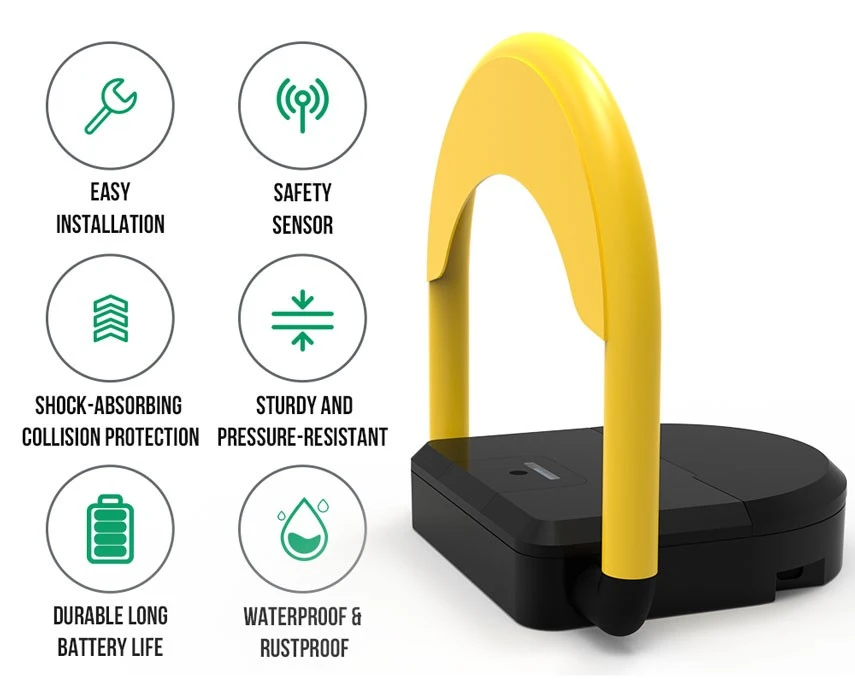
What're Key Features of IoT-Based Parking Locks?
What sets these modern systems apart from their traditional counterparts is their intelligence and automation.Some core features include:
Remote Lock/Unlock:Control access from anywhere via mobile app or backend dashboard.
Auto Sensing:Smart detection of vehicle presence,enabling automatic arm retraction or deployment.
Real-Time Alerts:Receive updates on unauthorized attempts,low battery,or device malfunction.
Multiple Unlock Methods:Including Bluetooth,NFC,RFID cards,or QR code scanning.
Solar Charging:Some models come with built-in solar panels to minimize maintenance.
Long Battery Life:Designed for long standby periods—some exceeding 6 months on a single charge.
Anti-Theft and Anti-Collision:Reinforced structures and tamper alarms to prevent damage.
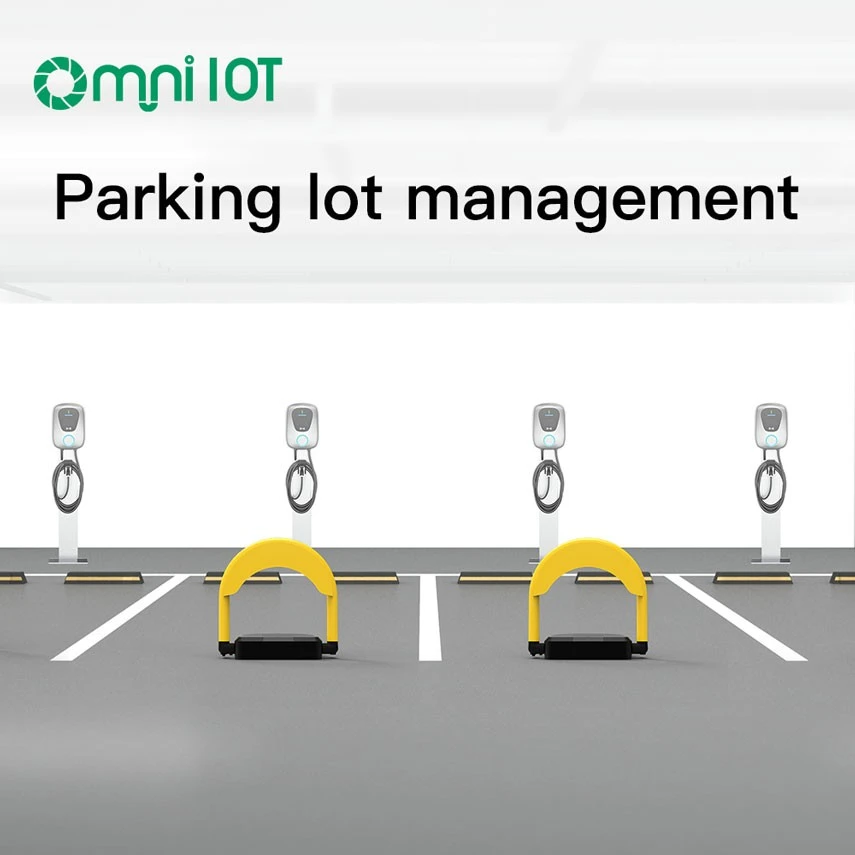
Applications of Smart Parking Locks
Smart parking locks are highly versatile and can be applied in various environments.
Commercial Parking Lots:Prevent unauthorized access to leased or premium spots.
Residential Complexes:Give residents peace of mind that their personal spot is protected.
Offices and Co-working Spaces:Assign employee parking with controlled access.
Airports and Train Stations:Manage high-traffic spaces with ease and automation.
Hotels and Malls:Offer guests pre-booked parking with contactless access.
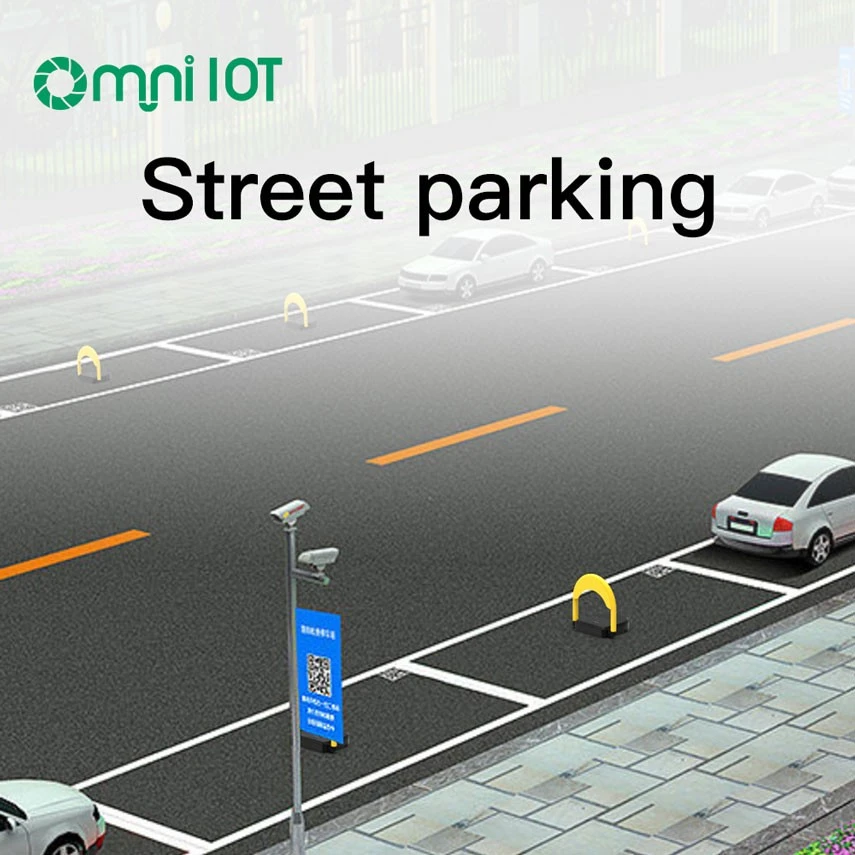
Benefits for Operators and Drivers
For Operators:
Efficient space management
Reduced manpower cost
Real-time data analytics
Improved customer experience
For Drivers:
Guaranteed parking availability
Contactless,hassle-free entry
Mobile-based convenience
Enhanced sense of security

Common Types of Parking Locks
While all parking locks serve a similar purpose,their operation mode may differ.The most common types include:
Manual Parking Lock:Simple mechanical structure requiring physical operation.
Remote Control Parking Lock:Uses a handheld remote to operate the lock within a certain range.
Bluetooth Parking Lock:Controlled via smartphone when within proximity.
IoT-Connected Parking Lock:Fully remote,with cloud access,GPS tracking,and advanced automation.






